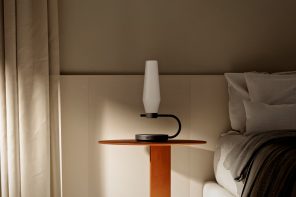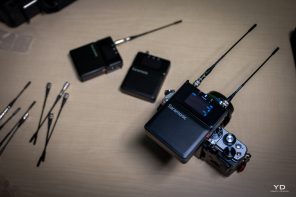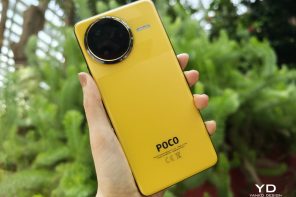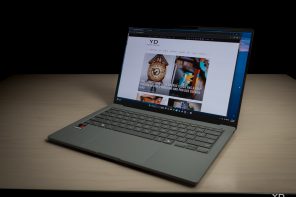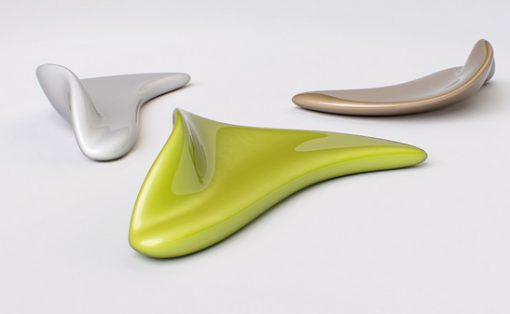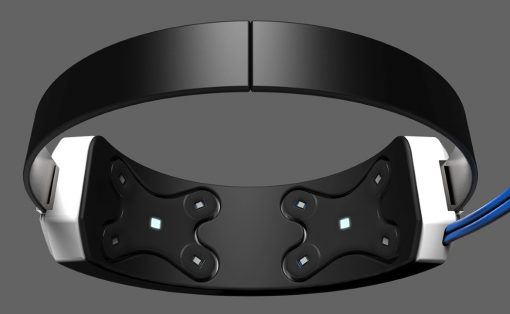Techtember is the gift that keeps on giving. Beyond IFA, an Apple keynote, a PlayStation launch, Huawei’s tri-fold device debut, and impending launch events from Meta and Nothing, it seems like Snap (the company behind Snapchat) has something they want to launch too. Meet the Spectacles ’24, Snap’s latest attempt to carve out a space in the augmented reality (AR) landscape. Unlike typical consumer tech releases, the Spectacles ’24 are not available for public purchase. Instead, Snap is offering them to developers at a rate of $100 per month, amounting to $1,200 over a year. This approach allows developers to get their hands on the device, experiment with its capabilities, and build AR experiences, signaling that a consumer-ready version may not be far off.
While Snap’s relationship with Apple remains strong, the release of Spectacles ’24 positions Snap closer to becoming a competitor in the AR field, especially considering Apple’s $3,400 Vision Pro. However, in terms of design, the two devices couldn’t be more different. Spectacles ’24 don’t resemble a tech-heavy headset like the Vision Pro. Instead, they look more like casual 3D glasses from a movie theater, integrating transparent displays that enable an authentic AR experience. This technology is reminiscent of Microsoft’s Hololens but in a much smaller form factor. By creating a more approachable look, Snap is clearly trying to make AR glasses appear less intimidating and more like something you could wear day to day.
Designer: Snap Inc.
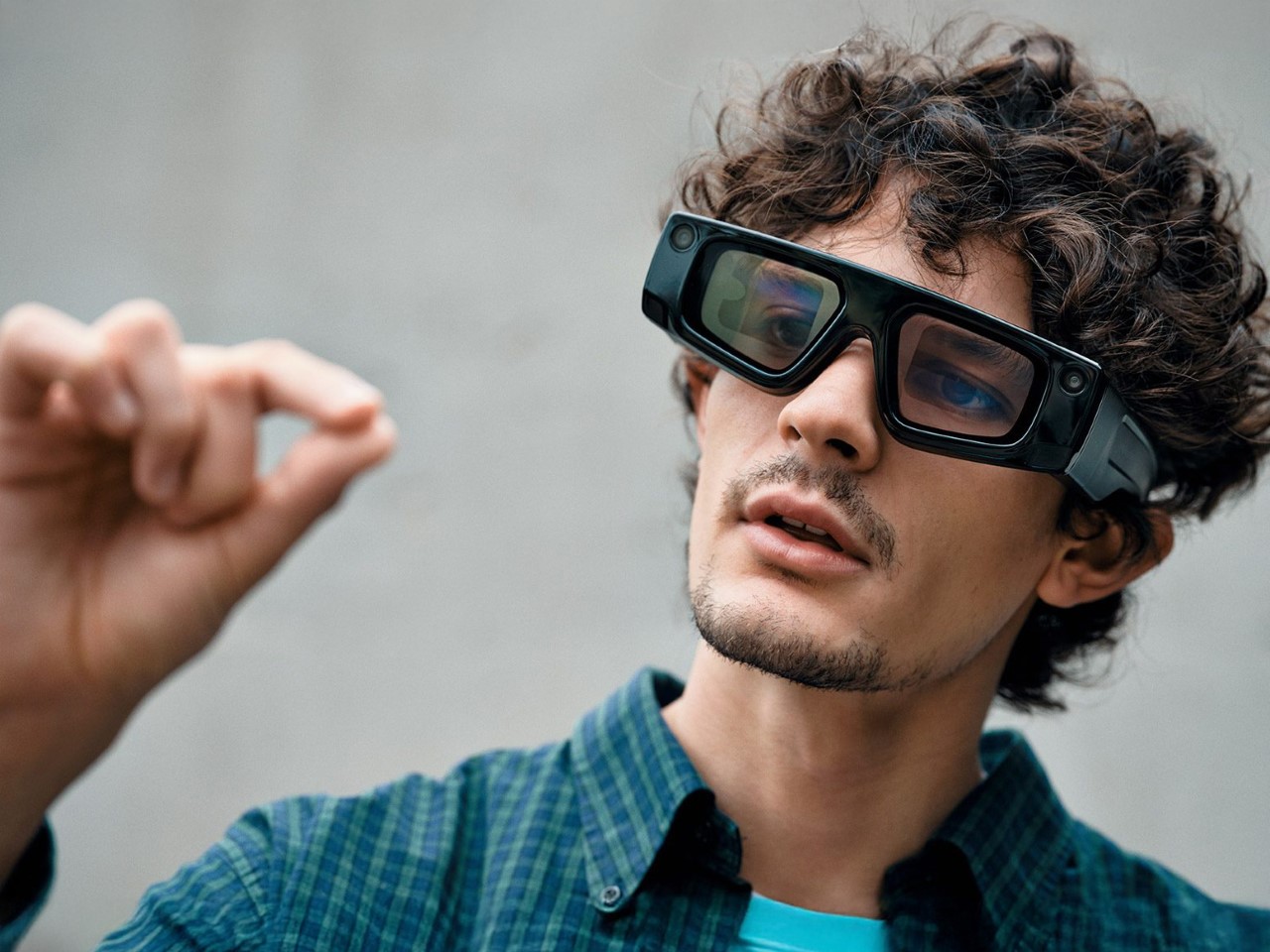
Under the hood, the Spectacles ’24 are equipped with two LCoS (Liquid Crystal on Silicon) displays, offering a respectable 46-degree field of view. This is a notable improvement over the 26.3-degree FOV of its predecessor, Spectacles 4, making it more immersive for users. The transparent waveguide optics, which dynamically adjust dimming, ensure that the AR visuals remain clear regardless of lighting conditions, enhancing the overall experience.
Performance-wise, the Spectacles ’24 pack two Snapdragon processors (specific models have not been disclosed) and an extendable battery life of 45 minutes. This isn’t particularly long for intensive use, but the device is designed for short, sharp bursts of AR activity, and external battery options are available. At 226 grams, the new Spectacles are bulkier than previous models, which weighed in at just 134 grams. This weight increase is the trade-off for improved features, including a more comprehensive camera setup. It also makes the Spectacles ’24 significantly lighter than Apple’s Vision Pro, which clocks in at nearly 1000 grams (with the battery pack) or the Hololens 2, which weighed a respectable 566 grams. The Spectacles ’24 boast two RGB cameras and two infrared sensors, enabling better hand-tracking and object recognition, along with a depth sensor for more interactive AR applications.
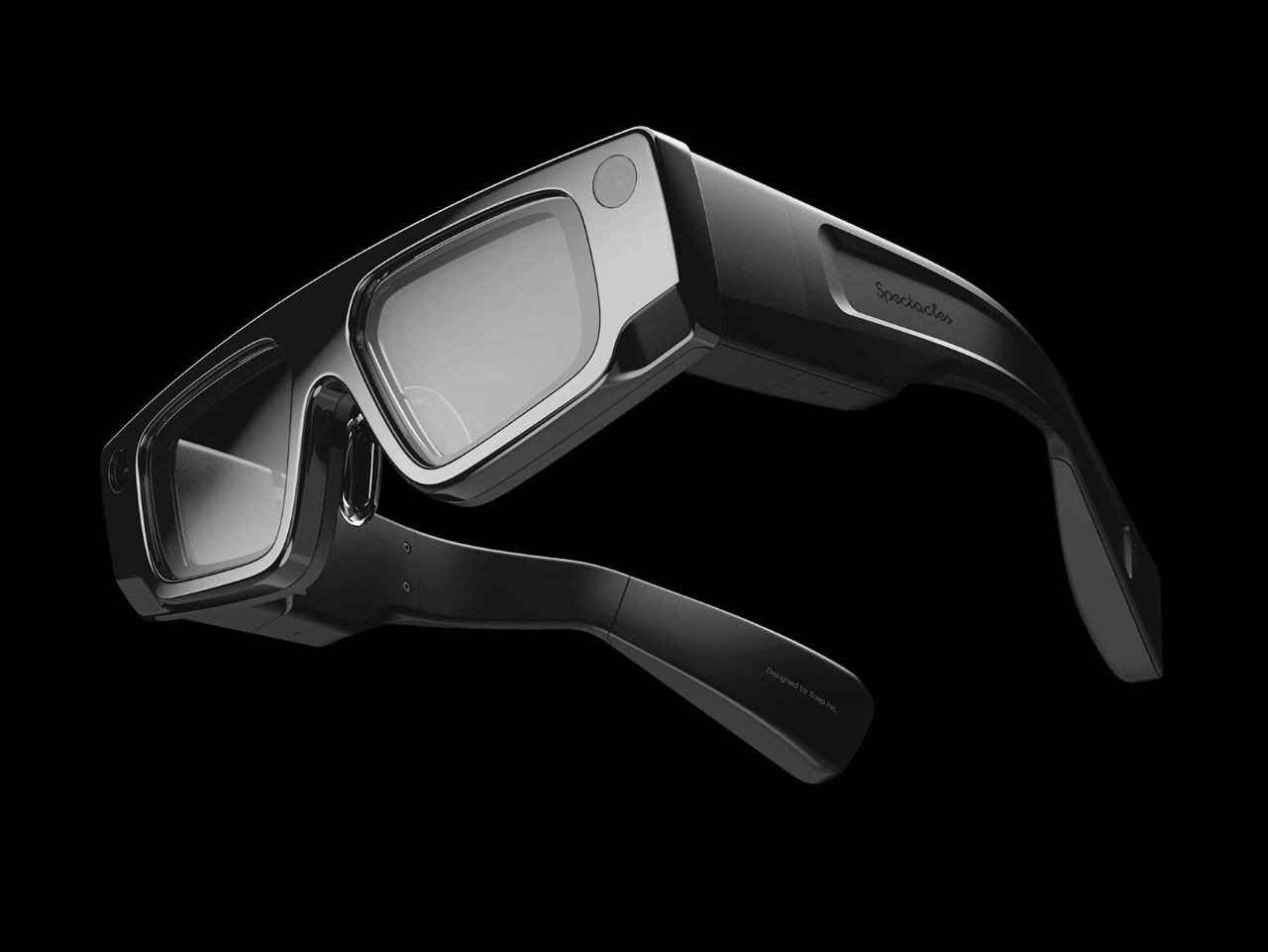
Beyond the hardware, Snap is taking significant strides in the software department. The Spectacles ’24 operate on SnapOS, a new operating system designed from the ground up to focus on AR. This revamped OS leverages hand-tracking as the primary interaction method, ditching the clunkier controls of earlier models. The system also incorporates a social aspect, allowing users to interact with other Spectacles in close proximity, creating co-located AR experiences. For example, friends can share and participate in AR content in real time, an idea that aligns well with Snap’s social media roots.
A notable feature of the Spectacles ’24 is the “spectator” mode. This allows someone with a smartphone to observe what’s happening in the AR environment from their own perspective, rather than just viewing a first-person feed from the glasses wearer. This social feature gives users a more engaging way to share their AR experiences, which could foster new types of interactive content.
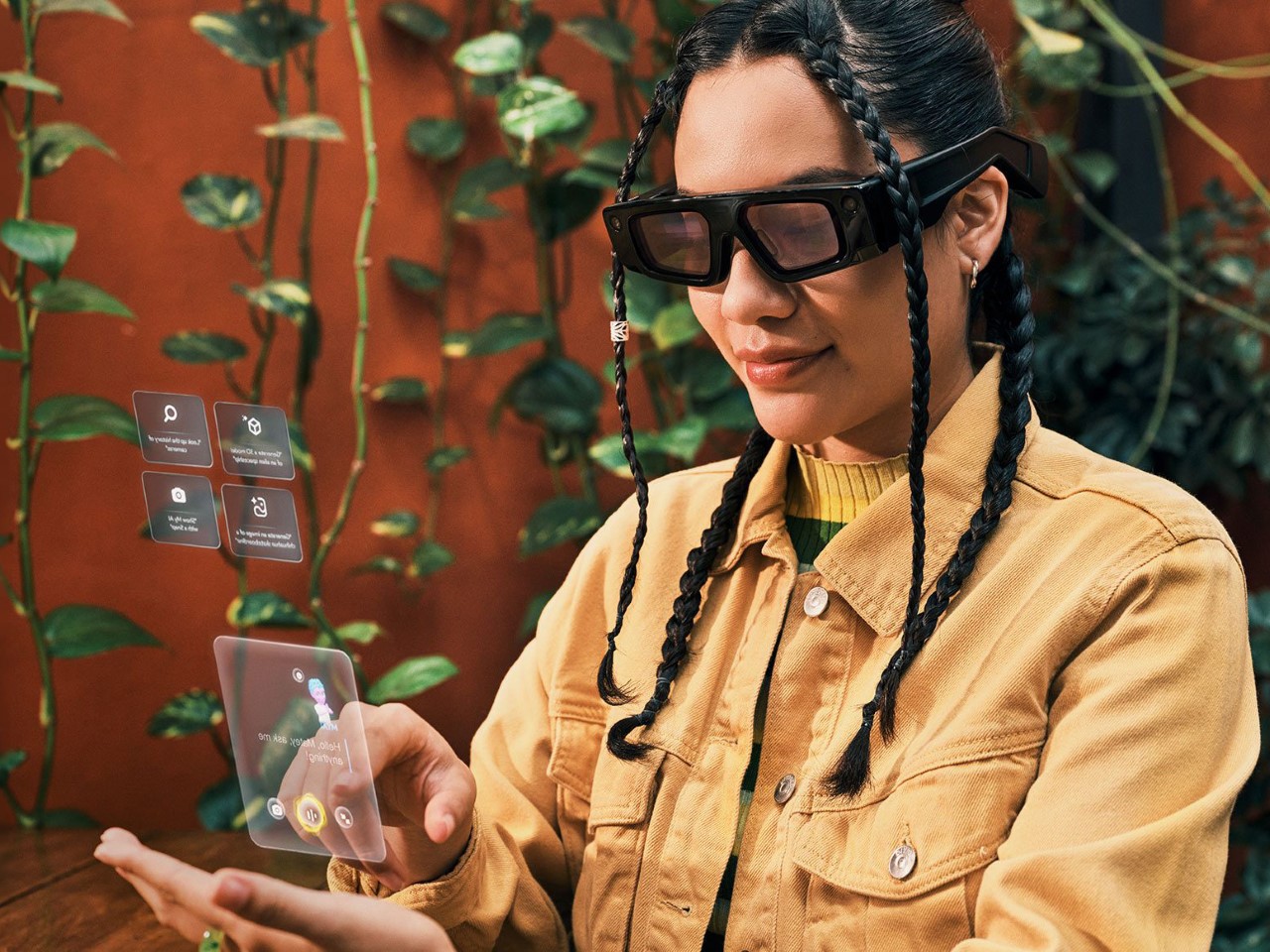
In conjunction with the hardware launch, Snap has also updated its Lens Studio, the AR creation tool that developers use to build experiences for both Snapchat and Spectacles. The latest version supports more sophisticated programming with TypeScript and JavaScript, along with enhanced tools for collaboration, enabling developers to work together more effectively on AR projects. With the integration of SnapML, developers can utilize machine learning to create even more advanced AR applications, including object tracking and recognition.
Though the Spectacles ’24 aren’t available to consumers yet, Snap’s decision to focus on developers indicates that it’s playing the long game. By giving creators the tools they need to build compelling content now, Snap hopes to lay the groundwork for a future consumer release. It’s a strategy that makes sense, especially as the AR field heats up with other major players like Meta and Apple introducing their own headsets.











